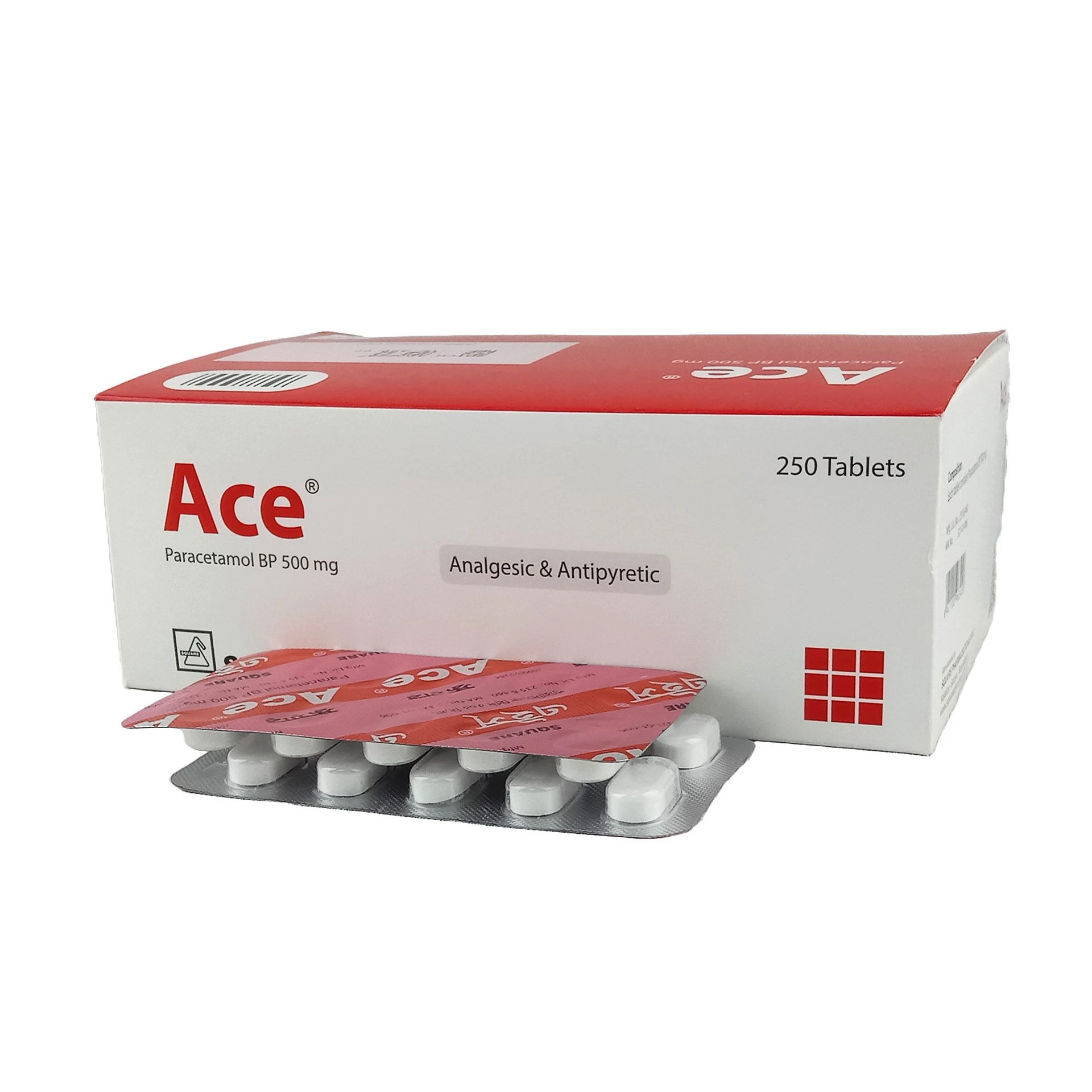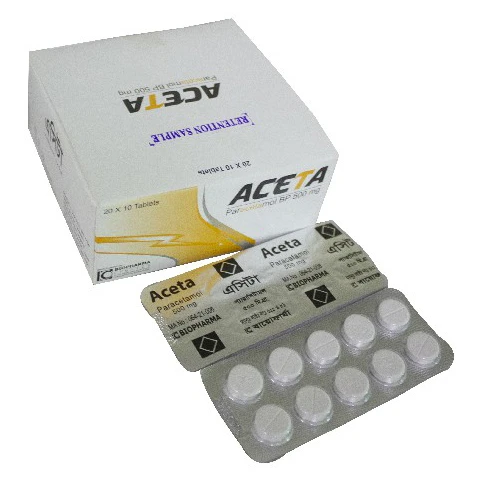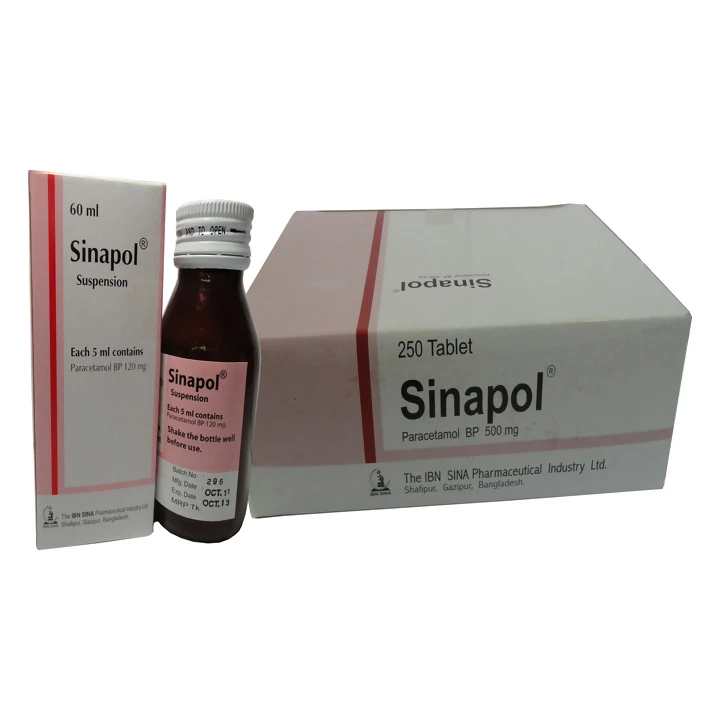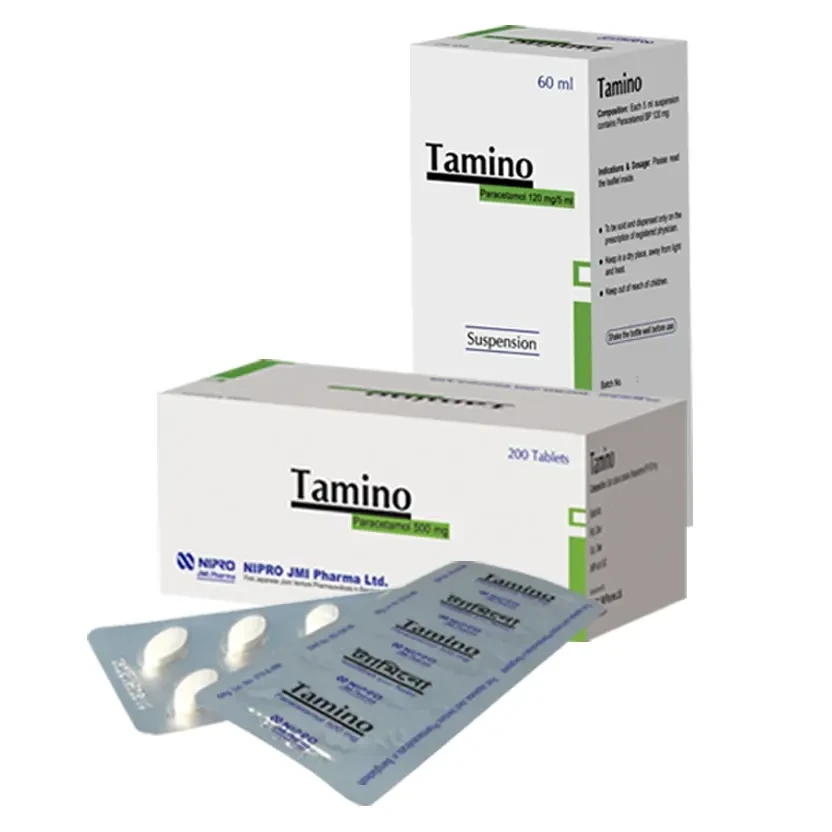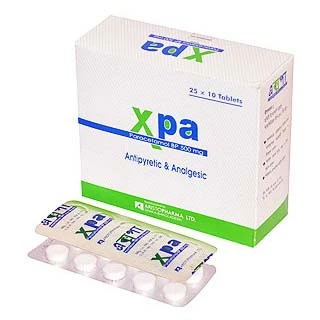Indications
Azinil Eye Drops is indicated for
the treatment of bacterial conjunctivitis caused by CDC coryneform group G, Haemophilus
influenzae, Staphylococcus aureus, Streptococcus mitis group, and Streptococcus
pneumonia.
* রেজিস্টার্ড
চিকিৎসকের পরামর্শ মোতাবেক ঔষধ সেবন করুন'
Pharmacology
Azithromycin is acid-stable and
can therefore be taken orally with no need of protection from gastric acids. It
is readily absorbed; its absorption is greater on an empty stomach. Time to
peak concentration in adults is 2.1 to 3.2 hours for oral dosage forms. Due to
the high concentration in phagocytes, azithromycin is actively transported to
the site of infection. During active phagocytosis, large concentrations of
azithromycin are released. The concentration of azithromycin in the tissues can
be over 50 times higher than in plasma. This is due to ion trapping and the
high lipid solubility.
Azithromycin's half-life allows a
large single dose to be administered and yet maintain bacteriostatic levels in
the infected tissue for several days. Following a single 500 mg dose, plasma
concentrations of azithromycin declined in a polyphasic pattern with a mean
apparent plasma clearance of 630 mL/min and a terminal elimination half life of
68 hours. The prolonged terminal half-life is thought to be due to extensive
uptake and subsequent release of drug from tissues. Biliary excretion of
azithromycin, predominantly unchanged, is a major route of elimination. Over
the course of a week, approximately 6% of the administered dose appears as
unchanged drug in urine.
Microbiology: Azithromycin acts
by binding to the 50S ribosomal subunit of susceptible microorganisms and,
thus, interfering with microbial protein synthesis. Nucleic acid synthesis is
not affected. Azithromycin has been shown to be active against most isolates of
the following microorganisms, both in vitro and in clinical infections:
Aerobic and facultative
gram-positive microorganisms: Staphylococcus aureus, Streptococcus agalactiae,
Streptococcus pneumoniae, Streptococcus pyogenes
Aerobic and facultative
gram-negative microorganisms: Haemophilus ducreyi, Haemophilus influenzae,
Moraxella catarrhalis, Neisseria gonorrhoeae
Other microorganisms: Chlamydia
pneumoniae, Chlamydia trachomatis , Mycoplasma pneumoniae , Betalactamase
production should have no effect on azithromycin activity.
Aerobic and facultative
gram-positive microorganisms: Streptococci (Groups C,F,G), Viridans group
streptococci
Aerobic and facultative
gram-negative microorganisms: Bordetella pertussis, Legionella pneumophila
Anaerobic microorganisms:
Peptostreptococcus species, Prevotella bivia
Dosage & Administration
Children of one year of age and
adults: Instill 1 drop in affected eye(s) twice daily for the first 2 days then
once daily for the next 5 days.
Pediatric Use: The safety and
effectiveness of Azithromycin Eye Drops in pediatric patients below 1 year of
age have not been established.
Children less than one year of
age: Not recommended.
* রেজিস্টার্ড
চিকিৎসকের পরামর্শ মোতাবেক ঔষধ সেবন করুন'
Interaction
Drug interaction studies have not
been conducted with Azinil Eye Drops.
Contraindications
Hypersensitivity to any component
of the preparation.
Side Effects
Eye irritation, contact
dermatitis, corneal erosion, dry eye, punctate keratitis etc.
Pregnancy & Lactation
Pregnancy Category B. In the
animal studies, no evidence of harm to the fetus due to Azithromycin was found.
There are, however, no adequate and well-controlled studies in pregnant women.
Because animal reproduction studies are not always predictive of human
response, Azithromycin should be used during pregnancy only if clearly needed.
It is not known whether Azithromycin is excreted in human milk. Because many
drugs are excreted in human milk, caution should be exercised when Azithromycin
is administered to a nursing woman.
Precautions & Warnings
Azinil Eye Drops is indicated for
topical ophthalmic use only and should not be administered systemically,
injected subconjunctivally, or introduced directly into the anterior chamber of
the eye.
Therapeutic Class
Macrolides
Storage Conditions
Store unopened bottle under
refrigeration at 2°C to 8°C. Once the bottle is opened, store it at 25°C for up
to 14 days. Discard after the 14 days of opening.

















